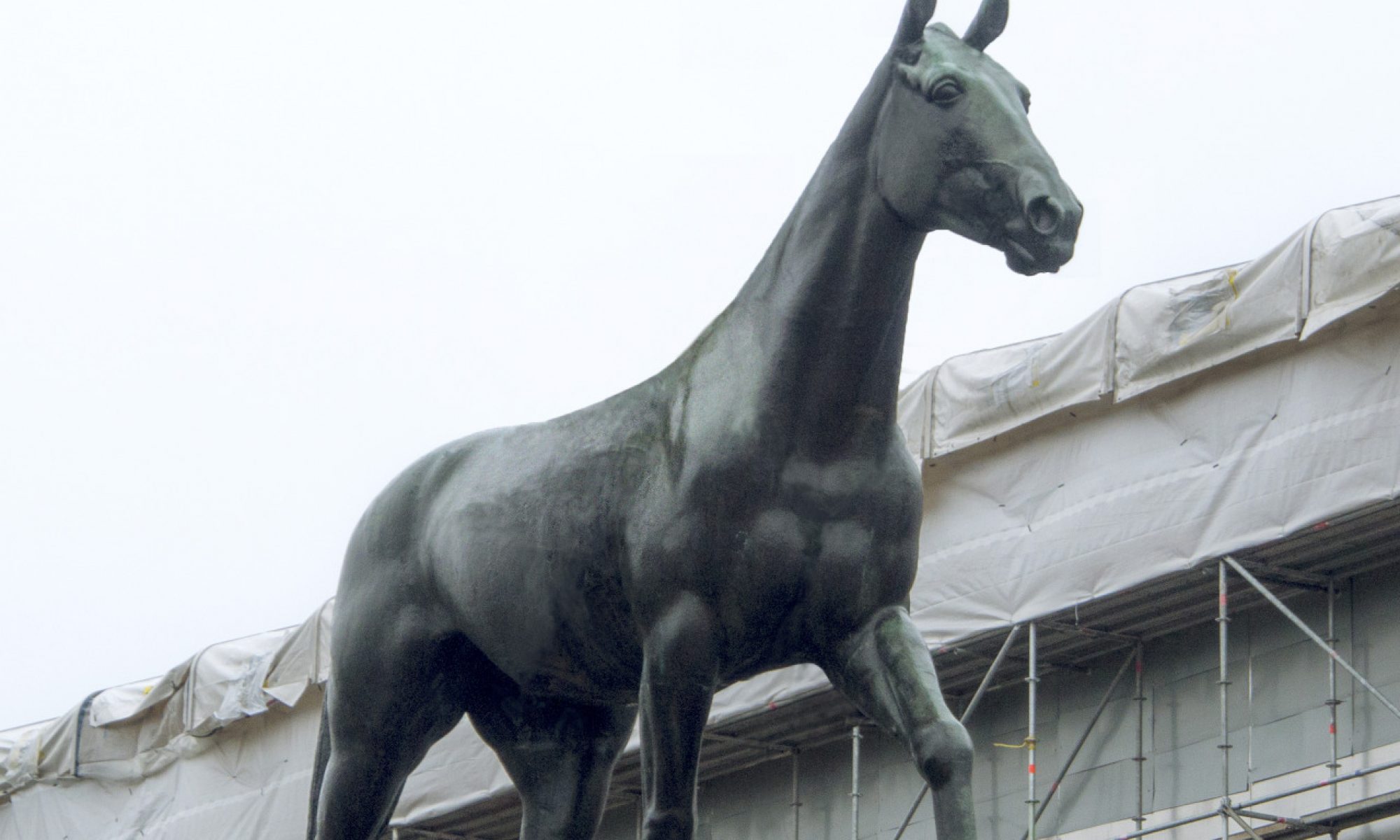I got the opportunity to interview Agnes Denes last Saturday at her Soho studio. The interview focused on the conservation efforts of the Tree Mountain (1998).
I asked her what it felt like when it was discovered that the rice of the Rice/Tree/Burial (1968) was contaminated (the soil used in the planting was from a nuclear plant water cooling overflow site and the rice developed a red hue). She explained that that was not a problem for her, as it is inevitable that artworks change. Artworks in galleries change when audiences see them and art made outdoors changes when nature effects it (This feels like a reference to Hans Haackes’ Recording of climate in art exhibition, 1968-1970). Like many artists she does not believe that artworks can fail. I continued asking how much an artwork can to change before it becomes a different piece.
Eero: How much can original plans change until…
Agnes: It becomes an other artwork? It does not matter. It doesn’t matter. So it’s an other artwork. It is still used, still your communication, it’s still your mind. It’s not a problem.
This prompted me to think that the Tree Mountain is an artificial intelligence – It has a mind of it’s own, which exists outside the artist and effects the world according to it’s own logic. The Tree Mountain is a complex prosthetic, an organic device which recreates her thinking (perhaps it is a “landscape organism” as Nancy Holt describes the gravel pits in Pinsiö). This means that questions concerning the restoration / conservation of the artwork should also asked from the mountain itself.
I asked her how she defines “visual philosophy” (a term she uses in The Dream, 1990). She explained that when she started as an artist she believed that she could “revitalize all of knowledge” but she soon understood that this was an absurd goal. In the process she started to experiment how to “visualize impossible processes” trough art (such as logic, mathematics etc.) and the concept developed from this. I interpret that “visual philosophy” is a method for displaying material and social structures which produce knowledge: It seeks to create representations of how our perception of the world functions. This is a two way process (at least in the case of the Tree Mountain). When we make sense of the world, we make the world and this worlds then starts to make sense of us. I think this is why she call the mountain “a living monument”.
“Visual philosophy” feels like a prototype of (artistically steered) object orientated ontology. The geometrical shapes she works with, illustrate human processes of sense making. The shapes map-out how human intellects effect the world. The shapes she presents as artworks don’t actually show the world – They show how the world is being made. This feels very similar to the way Robert Smithson talks about maps. He argues that a map is being read in relation to a terrain and the terrain is being read in relation to map but neither produce an authentic reality. If there is something authentic, it is the relationships of these elements (map / terrain).
All of the trees in the mountain are of the same species (this has prompted critique from professionals who work with reforestation). During the interview I learned that there is a reason why all of the trees are the same: They illustrate the arrogance of human design. She explained that the Tree Mountain is “a forest which tries to be a virgin forest” and defined her desire to develop a virgin forest as “arrogant”.
Agnes: We copy and copy and copy. […] We have a tendency of copying. We also have a tendency of not seeing too far because we are surrounded by other sheep.
The trees in the mountain are owned by selected individuals and their ownerships cannot be sold or traded. They are inherited by the owners offspring. People own the artwork but they cannot sell it. This means that the aftermarket of the artwork is designed by the artist.
She is a true pioneer of the environmental art movement. When compared to todays standards, her collaborations with experts (such as the rice expert who identified the contaminated rice of Rice/Tree/Burial) and scientist don’t feel very deep. But this is understandable because institutions or traditions for art&science collaborations did not exist when she started. The act of contacting a rice expert seems small but it was a pioneering gesture. She attempted to develop an understanding of the world by relying on knowledge sourced from outside of her own field. This gesture was motivated by political ambitions (related to de-development!).
Agnes: He [Leonardo DaVinci] was interested in developing things that didn’t exist and I saw the opposition. I was interested in undoing things what did exist. […]
Eero: What did you hope to undo?
Agnes: All of it.
Eero: All of it?
Agnes: Everything. You have to change. You have to not undo it but you have to see the other side. You have to see the other side to understand it.
At first I thought that she’s talking about humanity: But she is talking about knowledge and about undoing the particular kinds of knowledge, which have led to contemporary environmental catastrophes.
I’m currently editing the interview and I hope to interview her again. I’d like her to define what she means when she is talking about “virgin forests” and to envision some kind of utopian future for the artwork with her.

